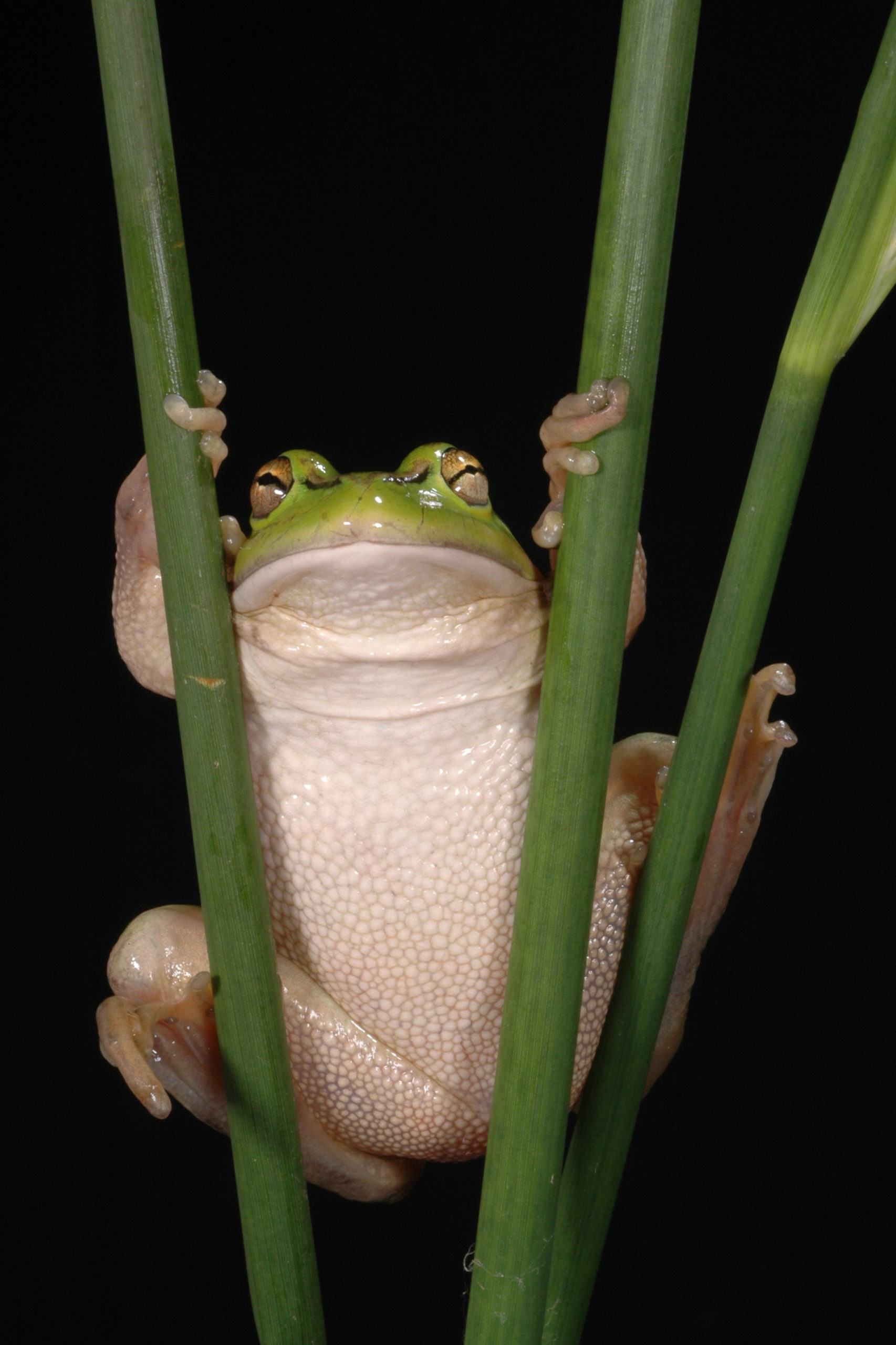Amphibians
The first amphibious tetrapods evolved in the Devonian, with crown members diversifying extensively during the Carboniferous (and into the Permian), and splitting between the ‘frog form’ (Batrachomorph) and ‘reptile form’ (Reptilomorph) lineages.
Some amphibians grew to be very large predators, living like crocodiles do today, such as Koolasuchus that lived during the Cretaceous Period and could have grown up to 5m in length. Frogs, however are only thought to have flourished in Australia since the Miocene.
Modern amphibians, the Lissamphibia, fall into three distinct clades being the anurans (frogs and toads), gymnophionans (caecilians) and urodeles (salamanders and newts) which all have their origins dating back throughout the Permo-Triassic. Today there are more than 7000 known species of amphibian.
